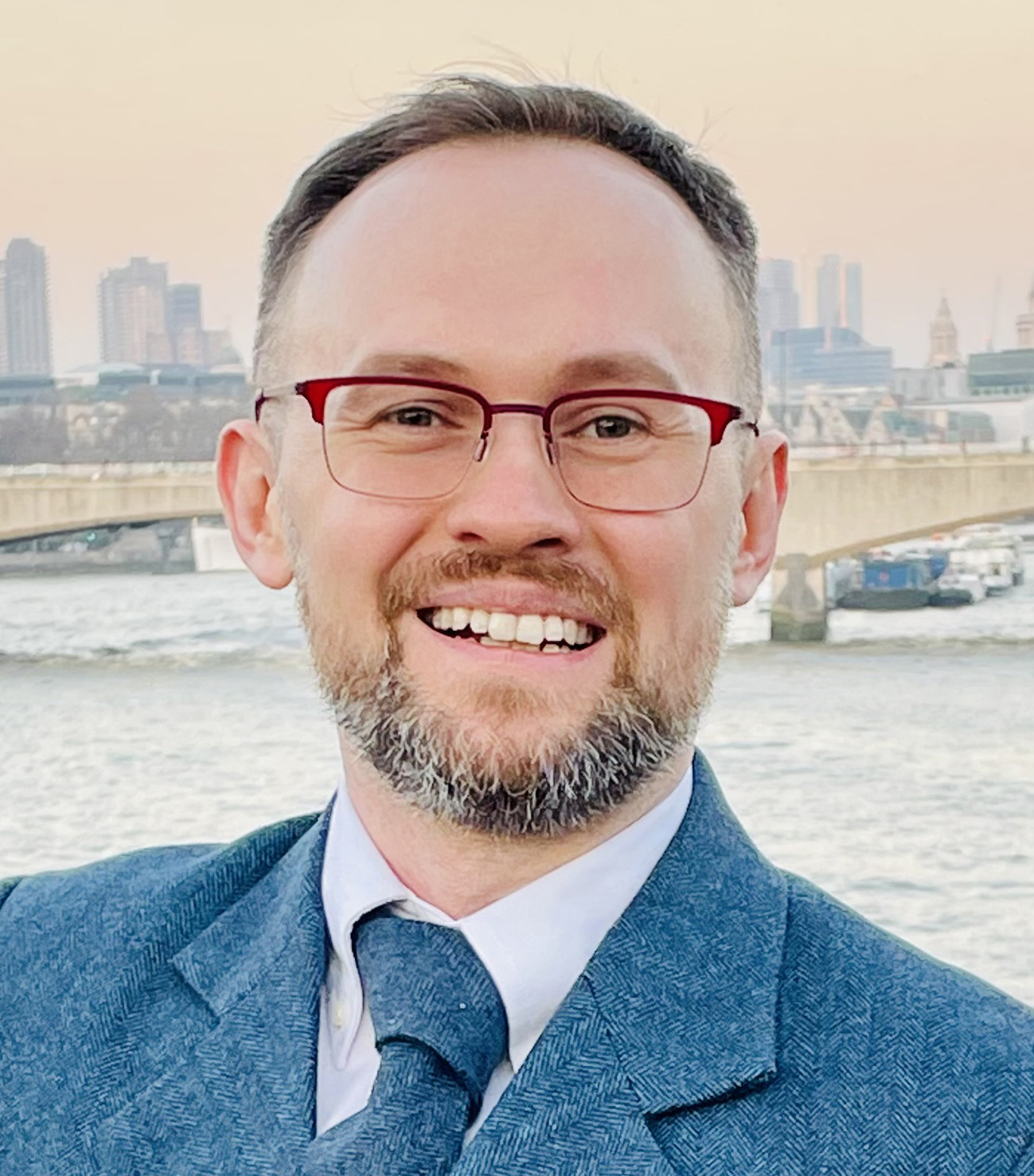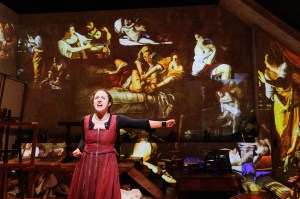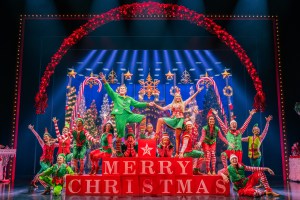Review: Alan Cumming Plays Scotland's National Poet in Burn
The hourlong piece presents the life of Robert Burns through dance.

(© Tommy Ga-Ken Wan)
"My poetry will considerably outlive my poverty," Robert Burns wrote in 1791, five years before his death at the age of 37. That prescient line appears in Burn, Alan Cumming and Steven Hoggett's dance theater piece about the Scottish poet Robert Burns, now at the Joyce Theater after premiering at the Edinburgh International Festival last month. Short and stylish, it is a moving tribute to Burns that uses the poet's own words to speak to our time.
A rock star of the Scottish Enlightenment, Burns lived up to the distinction: He partied hard, engaged in fraught relationships with multiple women, and created the kind of poetry that people can't resist belting out in bars (we still sing his lyrics to "Auld Lang Syne" when the clock strikes midnight on New Year's Eve). A child of tenant farmers, he struggled with money throughout his life. He also flirted with republicanism and Scottish Independence. We know all of this because Burns's words are persevered in his voluminous poetry and prose — but do we know how he danced?
Hoggett and co-choreographer Vicki Manderson have an idea, which involves words and phrases illustrated through specific choreographic images: Cumming arches his legs and we can see Burns slowly striding through the fields of his family farm. On the word "witch" he indicates a long beak protruding from his face. At times he appears to be pouring the contents of his brain onto the floor. It verges on an improvised sign language, which makes for an exhausting exposition as Cumming monologues about the first two decades of Burns's life.
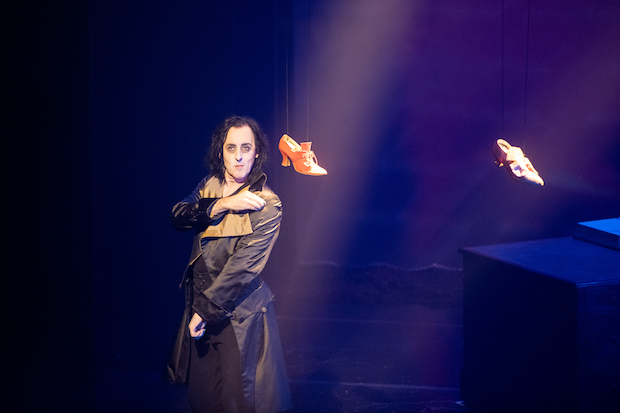
(© Tommy Ga-Ken Wan)
The narrative is thankfully allowed to slow down for the poet's adulthood. As charmingly rakish as ever, Cumming doesn't shy away from the ugly aspects of Burns's personality, especially his attitude toward women, which seems to oscillate between obsession and callous disregard. Scenic designer Ana Inés Jabares-Pita visualizes this by representing the women in Burns's life as shoes dangling from wires, which Cumming occasionally sends swinging out over the audience.
Surprising and delightful stage illusions abound (consultation by Kevin Quantum) to make this a world of magic. Tim Lutkin's lighting occasionally gives the stage the feeling of a flickering black and white film, and even seems to transform Cumming's skin to a ghostly pallor. In addition to providing striking atmospherics (a heavy Scottish rain, a snow flurry), Andrzej Goulding's projections do much of the factual heavy lifting, keeping track of dates, romantic relationships, and subsequent children. This frees the performer to be poetic. If only the real-life Burns had such an organizing force in his life.
Sometimes Hoggett and Cumming do too much in their quest to make Burns edgy and modern. As Cumming dances, the poet's prerecorded verse competes to be heard against Anna Meredith's pulsating music, much of which wouldn't feel out of place in an unmarked dance club in Bushwick. This is too bad, because Burns still has things to say to a 2022 audience, and they ought to be clearly heard.
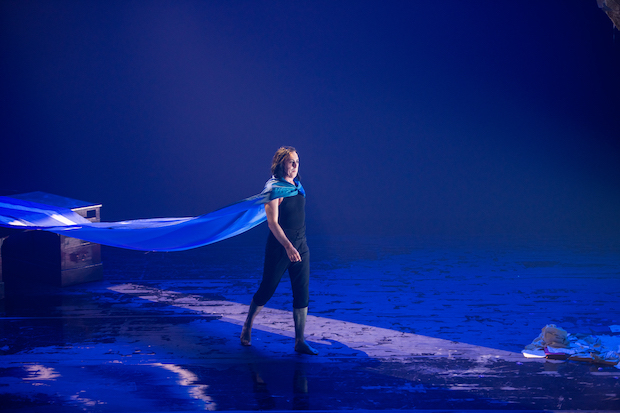
(© Tommy Ga-Ken Wan)
While his words are sometimes drowned, Burns's commitment to personal and political liberation always comes through in the stage action. This is most explicit when Cumming raps "Scots Wha Hae" to a techno beat while wearing a stage-length St. Andrew's cross. Conversely, Burns is shown at his gloomiest while working as a tax man for his majesty's government (he was never paid like a rock star for his poetry and had to sell his labor to support his family, like most of us). He wears a suffocating overcoat in his official duties and when he finally removes it with a huff, the lining is revealed to be a Union Jack (pointed costumes by Katrina Lindsay).
Cumming continues to be a vocal supporter of Scottish Independence. "Scots have been told that an independent Scotland may be denied membership of the European Union," he wrote in the New York Times ahead of the unsuccessful 2014 independence referendum. "The irony of hearing this from a Westminster government that is seriously considering exiting Europe has not gone unnoticed." Now that the United Kingdom (though not a majority of Scots) has voted to leave the EU, it seems unlikely that Cumming will waver in his conviction should the question of independence be put before Scottish voters again. And this seems inevitable as young Scots question their bonds to a constitutional monarchy that does not represent them, nor does it serve their aspirations for the future.
And what might those be? Cumming and Hoggett come closest to fusing past, present, and future in the frenetic final segment, which features Burns dancing a postmodern Highland Fling, his pointed chassés melting into a more relaxed Bhangra. Bagpipes cavort with dhol drums in Meredith's busy final number, called "Flowering Scotland." Burn makes a powerful case that the pluralistic, internationally engaged, forward-looking Scotland of the 21st century very much began as a seed in the poet's imagination.
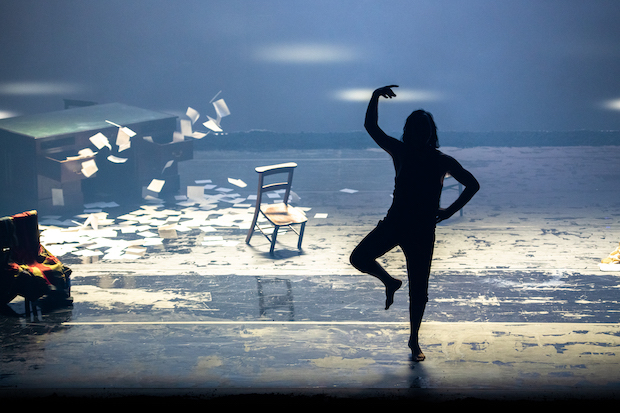
(© Tommy Ga-Ken Wan)



